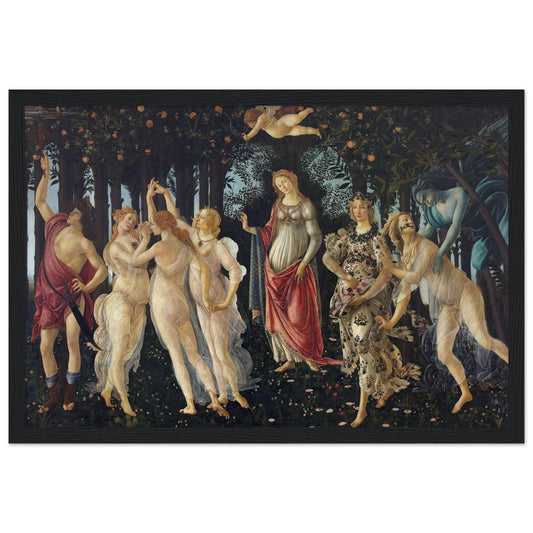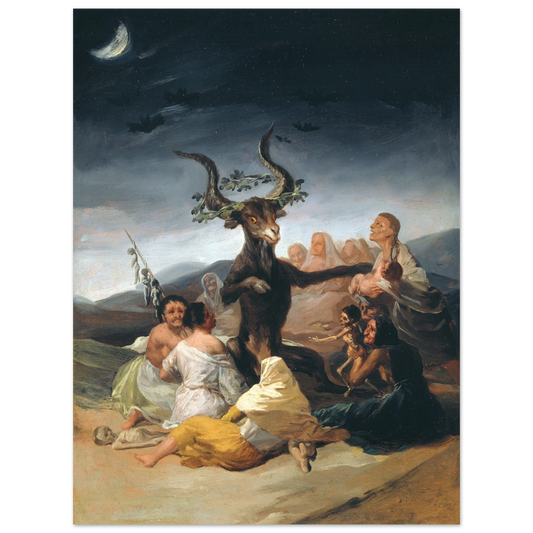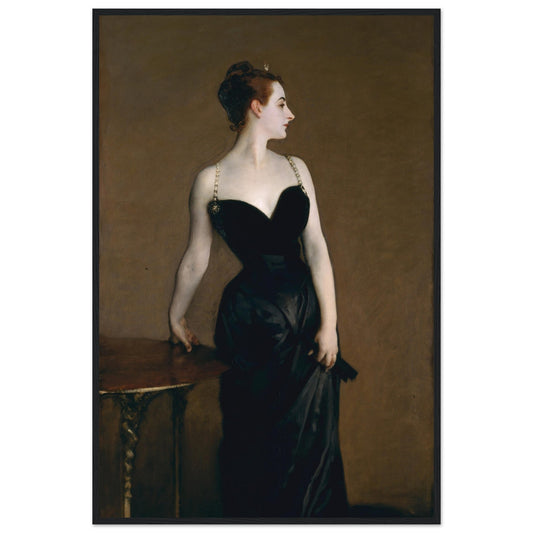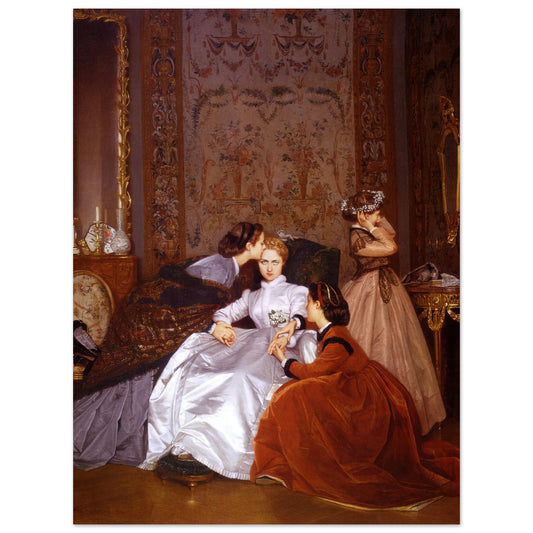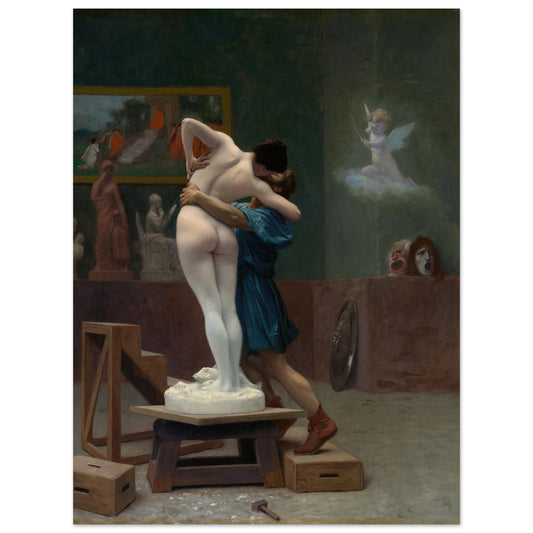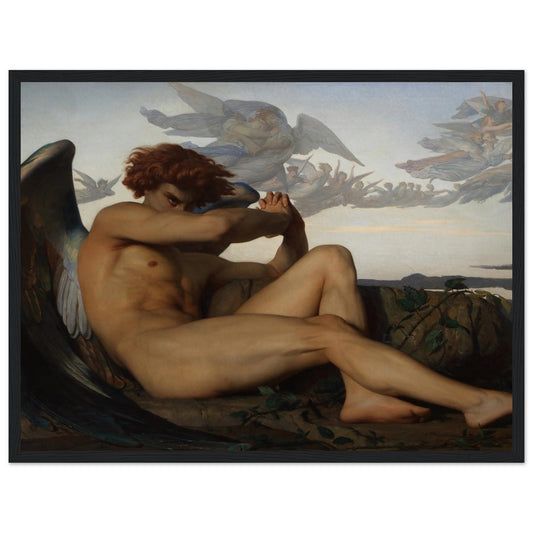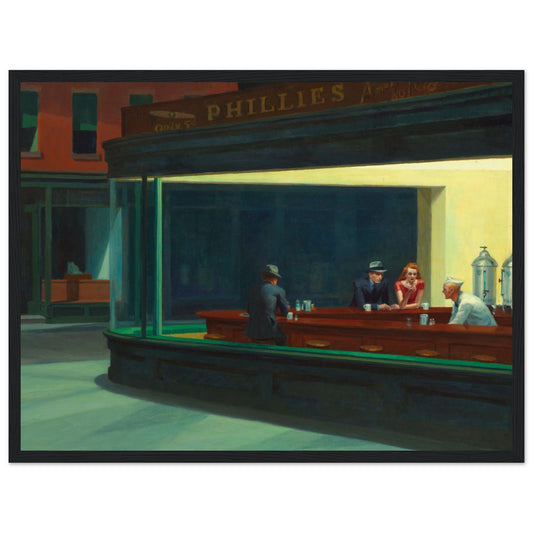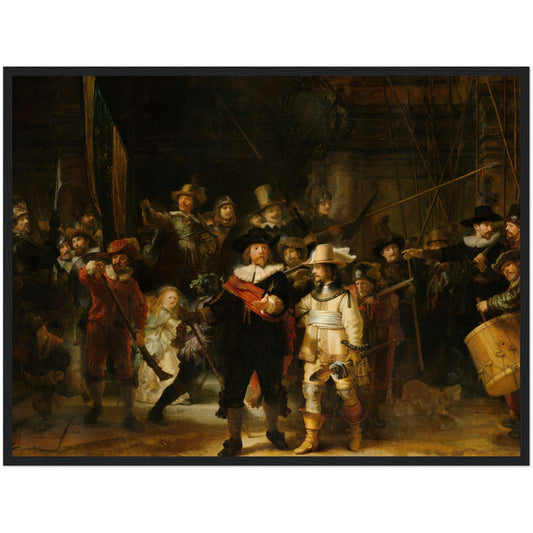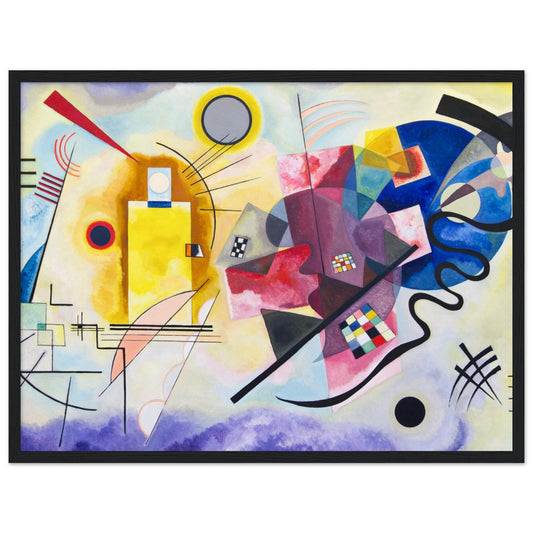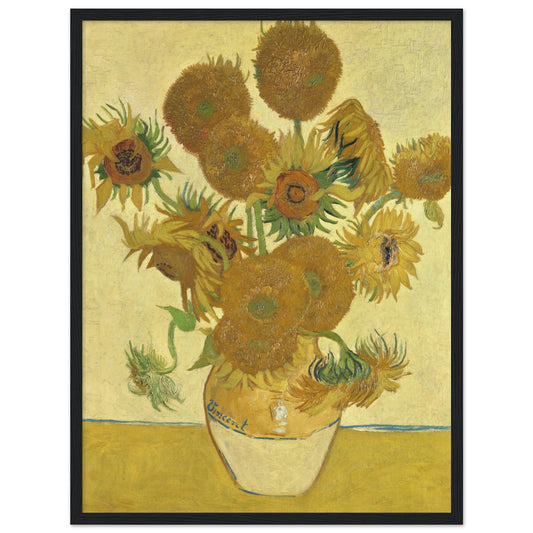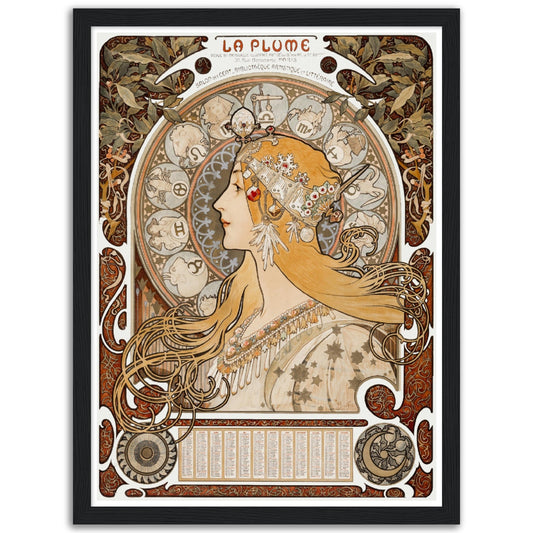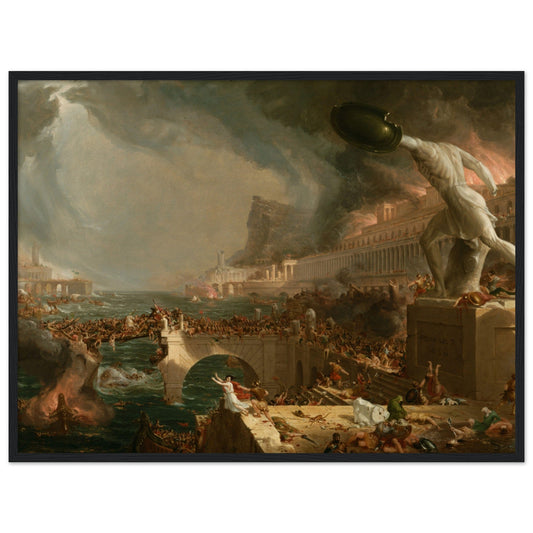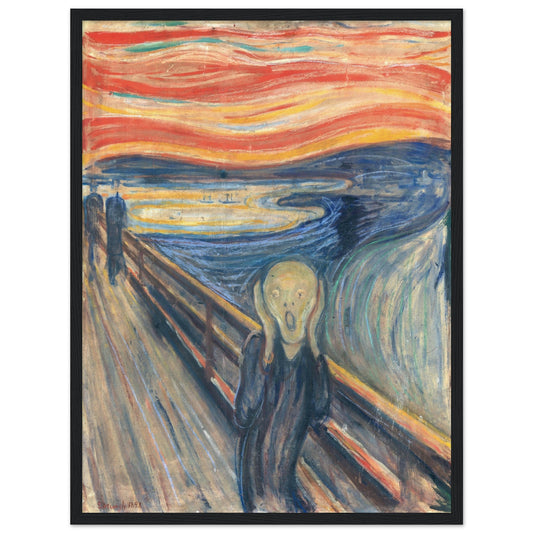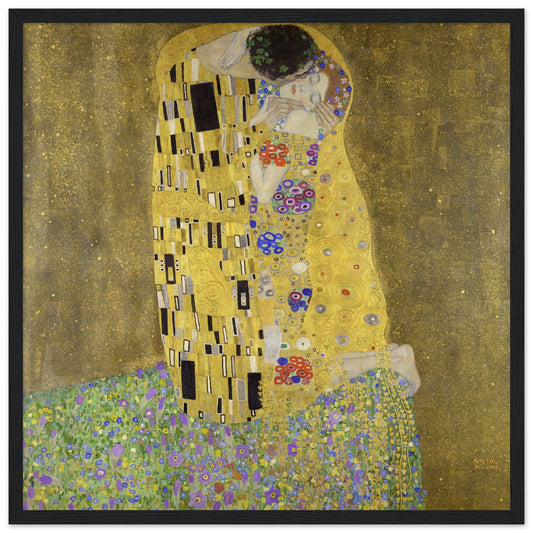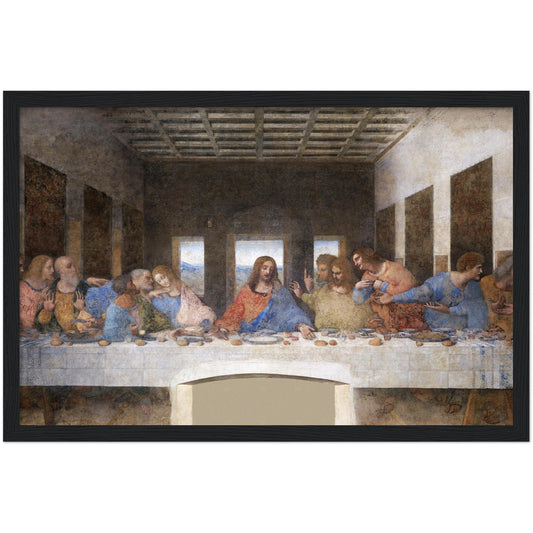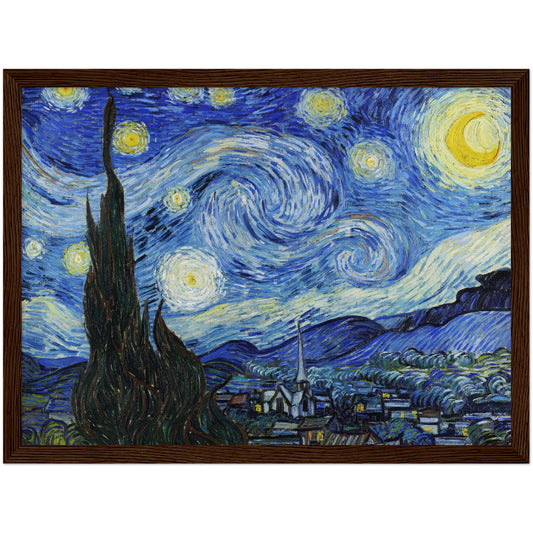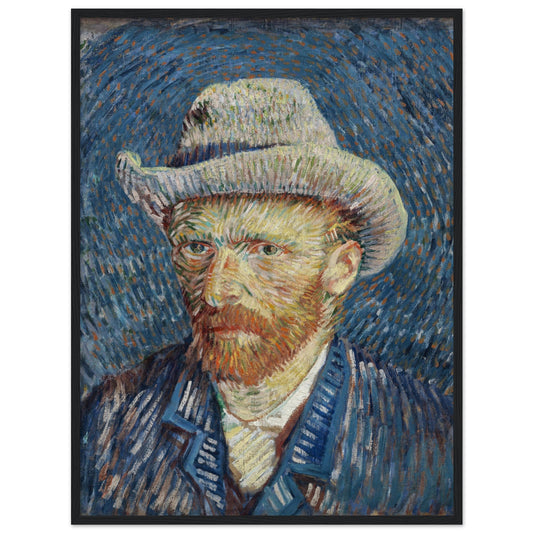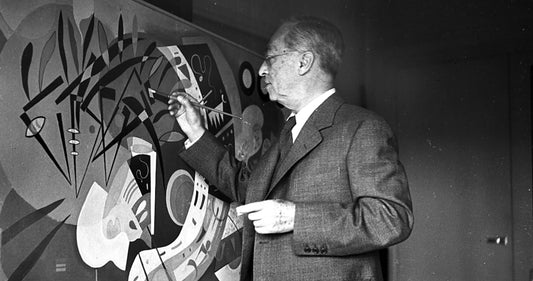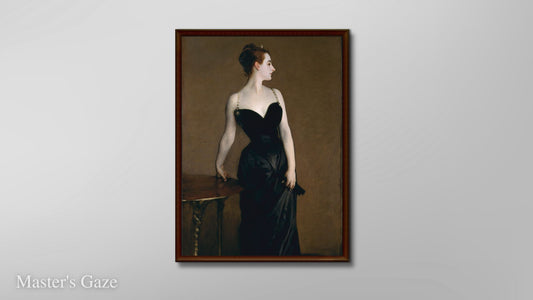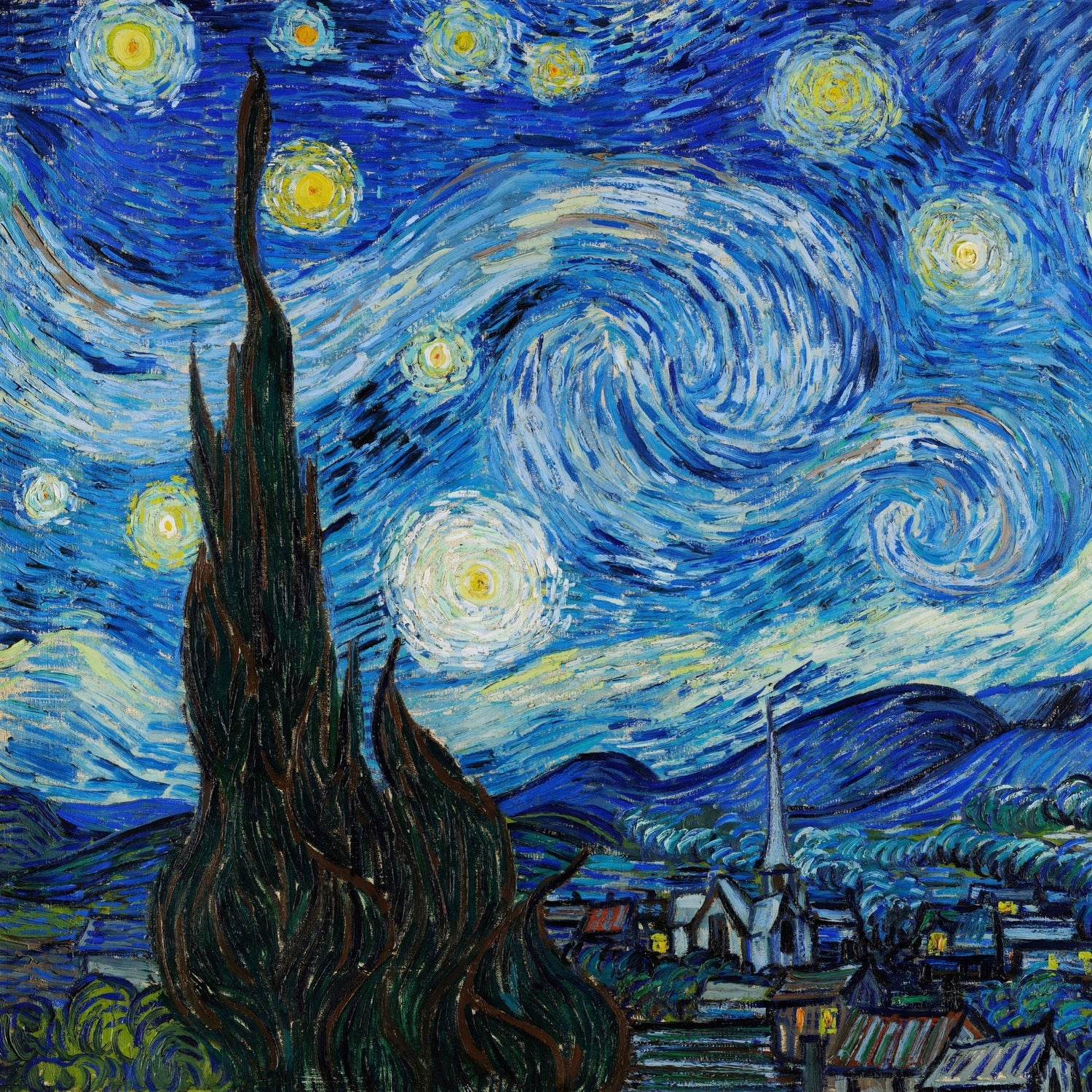Table of Contents
- What is Synesthesia and How Did it Influence Kandinsky's Art
- Art That Speaks to the Soul: The Musicality of Kandinsky's Paintings
- Explore Kandinsky's Multisensory Art in Your Own Space
What is Synesthesia and How Did It Influence Kandinsky’s Art?
Have you ever stood in front of a painting and imagined hearing a unique melody for each color? For Wassily Kandinsky, this wasn’t just imagination—it was his reality! Kandinsky experienced a rare condition called synesthesia, which allowed him to hear colors and see sounds.
How Synesthesia Shaped Kandinsky’s Art
Synesthesia is a neurological condition where the stimulation of one sense (like sight) triggers another sense (like hearing). For Kandinsky, seeing a deep blue could evoke the sound of a cello, while vibrant yellow might resonate like the blaring of a trumpet. This extraordinary ability turned his entire creative process into a multisensory experience.
Kandinsky’s synesthesia became the foundation of his revolutionary approach to art. He believed that colors and shapes could be orchestrated like notes in a musical composition to evoke emotions and sensations. This philosophy is vividly evident in one of his most famous works, Composition VIII. The painting isn’t just a chaotic arrangement of shapes and hues—it’s a visual symphony that resonates with rhythm, harmony, and contrast.
Explore Synesthesia in Other Artists’ Work
Kandinsky wasn’t the only artist influenced by synesthesia. Vincent van Gogh, David Hockney, and even Duke Ellington (in music) were thought to experience forms of synesthesia, which shaped their creative processes. For more on how synesthesia influences creativity, check out this article by the American Psychological Association.
Art That Speaks to the Soul: The Musicality of Kandinsky’s Paintings
Kandinsky didn’t just see his works as paintings; he saw them as ‘compositions’—much like a musician sees a piece of music. He aimed to touch the soul through his art, much like a beautiful piece of music can stir deep emotions. This perspective changes how we experience his work. When looking at a Kandinsky painting, it’s not just about the shapes and colors—it’s about feeling the music within the visual chaos.
Imagine standing in front of Composition VIII and hearing a symphony play in your mind as your eyes move across the canvas. Each color and shape corresponds to a different musical note or instrument, creating a holistic sensory experience that blurs the lines between sight and sound.
Explore Kandinsky’s Multisensory Art in Your Own Space
If Kandinsky’s work resonates with you, why not bring a piece of this unique experience into your home? Prints of Kandinsky’s iconic compositions are available on our [e-commerce site], allowing you to explore his visual symphonies up close. Transform your space with art that’s not just seen but also felt—just like a melody that stays with you long after it’s over.





